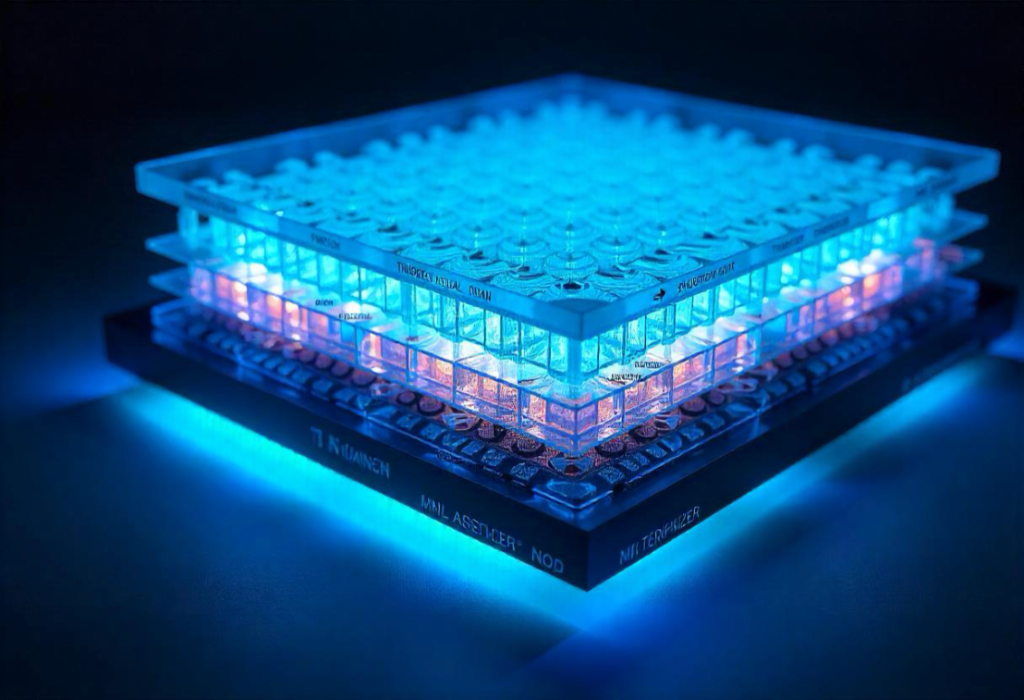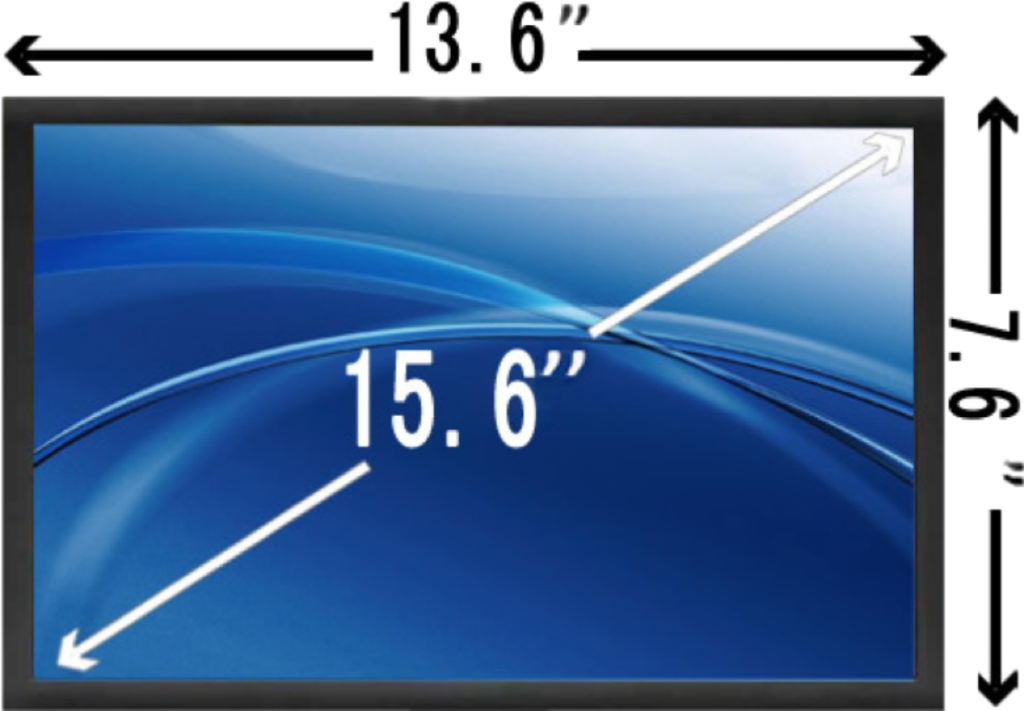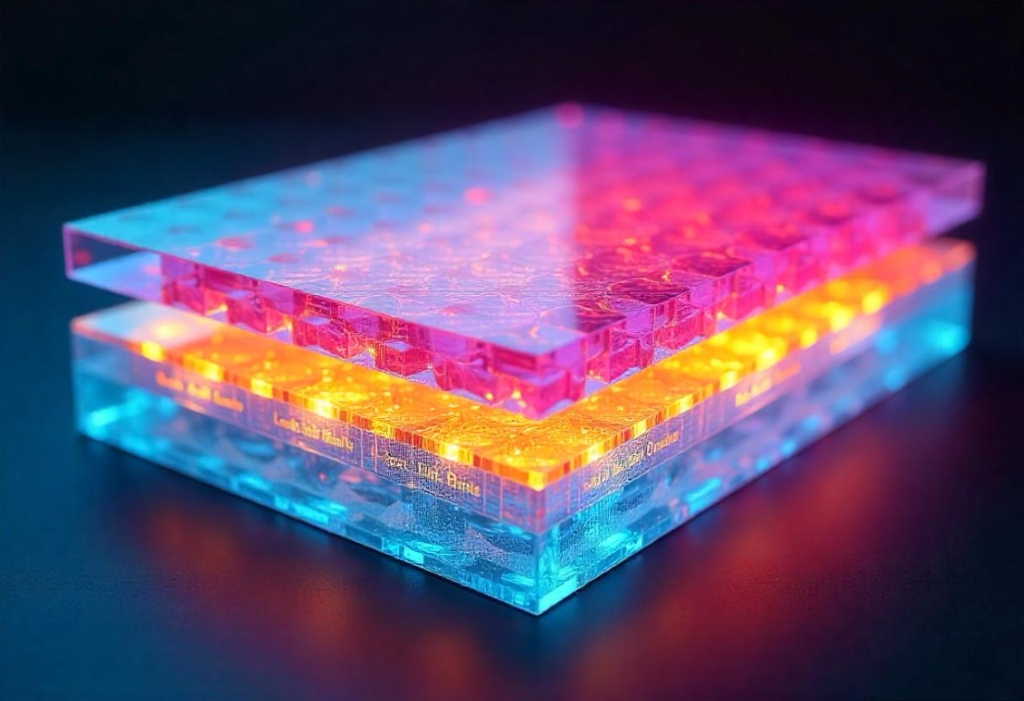Introduction
Display quality is crucial for computer users, especially for hardcore gamers, video editors, and graphic designers. However, most people don’t understand the differences between displays and their impacts.
In-plane switching (IPS) and Twisted Nematic (TN) are two of the most widely used display types with some advantages and limitations. If you are looking to change your display or buy a new one, this article will help you make the right decisions.

Here, you will learn the differences between TN displays vs IPS by comparing their performance, image quality, cost, durability, and applications.
Let’s dive into the deep of TN display vs IPS panel comparisons.
In this Article:
- Introduction
- IPS Panel and TN Panel Basic
- Twisted Nematic (TN) Displays
- How does TN Display Work?
- Advantages of TN Display
- Disadvantages of TN Display
- IPS (In-Plane Switching) LCD Display
- How does the IPS Panel Work?
- Advantages of IPS Display
- Disadvantages of IPS Display
- TN Display vs IPS: A Comparison Table
- FAQs
- Bottom Lines on TN display vs IPS Display
IPS Panel and TN Panel Basic
These two display panel technologies are based on the Liquid Crystal Display (LCD). They work on the same principle as LCDs. However, they have differences in manufacturing, performance, and applications.
LCD pixels cannot illuminate light. They require an external light source called a backlight. Backlight is typically an array of LEDs or CCFLs (Cold Cathode Fluorescent Lamp). This backlight emits light uniformly across the entire display.
The liquid crystals carry light from the backlight to the monitor panels. When electricity is applied, liquid crystals control light transmission by aligning and rotating. This determines the amount of light passing from the backlight and fixes the brightness.
The pixels of the LCD are turned on or off by changing the alignment of liquid crystals which allows or blocks the backlight from passing through.
Let’s learn about the display in detail to understand the comparison between TN display vs IPS.
Twisted Nematic (TN) Displays
The LCD monitor TN panel is one of the oldest and most widely used LCD panel technologies. A twisted nematic display with LCD technology is popular for its fast response and affordability.
TN technology has been used for many years, especially for gaming purposes. TN displays have high refresh rates and fast response which are crucial for gaming. TN panels offer the most reasonable crystal alignment.

How does TN Display Work?
In an LCD monitor TN panel, electrodes are settled on both sides of the LCD. The liquid crystals are twisted at a 90-degree angle without voltage application. Light passing through the first polarizer is twisted by the liquid crystals, aligning it with the second polarizer. This allows light to pass through, and the pixel appears bright.
When voltage is applied, the liquid crystals align parallel to the electric field and lose their twist. Now the light from the backlight cannot twist to align with the second polarizer and is blocked. Thus the pixel appears dark.
The degree of alignment of the liquid crystals is varied by adjusting the voltage. This controls the amount of light passing through and generates different brightness levels. It also creates grayscale images.
Advantages of TN Display
The TN panel has several advantages over the other LCDs. The following are the key advantages of a TN display panel.
- High Refresh Rates: TN displays have a high refresh rate of up to 240Hz which is crucial for smooth animation and games.
- Fast Response: TN panels have a lower response time of 1 millisecond (ms) which ensures fastest response. It decreases the chance of motion blur and ghosting and makes the display ideal for higher dynamic video play and gaming.
- Lower Cost: TN panels are more affordable than IPS or VA panels. They are budget-friendly options, if you prioritize performance over color accuracy and viewing angles.
- Low Input Lag: It has a quick reaction time with lower input lag which makes it useful for latency-sensitive applications.
- Easy Manufacturing: TN display is simple. Hence, the manufacturing process is easy and fast.
- Energy Efficiency: The TN panel consumes less power than the IPS panel. So, they are suitable for devices where power consumption matters.
- Light Weight: TN panels are lighter than their IPS counterpart.
Disadvantages of TN Display
The disadvantages of TN panels include:
- Poor Viewing Angles: TN panels have limited viewing angles of around 160° horizontal and 140° vertical. You may experience distorted or washed-out content if you do not view it directly from the front for this limitation.
- Limited Color Accuracy and Gamut: The panel has limited color accuracy and a narrower color gamut. So it is not suitable for high-resolution tasks like graphic design, photo, and video editing.
- Lower Contrast Ratios: The contrast ratio of the TN display is around 700:1 to 1000:1. Hence, the black parts of the content may appear grayish.
- Reduced Aesthetic Appeal: You will not get enough aesthetic appeal in the visuals of TN panels because of their limited brightness and washed-out color.
- Not Suitable for HDR: TN panels do not support HDR(High Dynamic Range) content.
- Inconsistent Backlighting: The backlighting technology of TN panels is inconsistent. It leads to uneven brightness.
- Less Durable for Long-Term Use: TN panels are not good for long-term usage. You may experience color degradation and reduced performance of your TN display.
IPS(In-Plane Switching) LCD Display
In-plane switching (IPS) is a technology used in liquid crystal displays to increase their sharpness and accuracy.IPS panels offer superior color accuracy and wider viewing angles. They are popularly used in multimedia and professional use such as in televisions, wearables, and computer monitors.

How does the IPS Panel Work?
The IPS panel has electrodes for moving the liquid crystal molecules in a preset direction. When electricity is applied to it the liquid crystal molecules start rotating parallel to the surface which allows light to pass easily. Thus the IPS panel reduces light interference and generates a clear image.
Advantages of IPS Display
Some of the most potential advantages of the IPS panels are given below:
- Excellent Color Accuracy: IPS panels have a wide color gamut and offer better color accuracy than TN panels. The consistent and vibrant colors of the display have made them suitable for professional applications such as photo and video editing, graphic design, and content creation.
- High Brightness and Contrast Ratio: High brightness levels and better contrast of the IPS panel provide satisfactory visuals in any lighting conditions.
- Wide Viewing Angles: IPS panels have wide viewing angles up to 178° horizontal and vertical. It minimizes the color and contrast distortion when viewed from different angles.
- Versatility: It is a versatile display technology used widely on smartphones, tablets, laptops, monitors, and TVs.
- Suitable for HDR Content: IPS panels support HDR (High Dynamic Range) content. You can enjoy HDR gaming, movies, and videos with it.
Disadvantages of IPS LCD
The IPS panels have some limitations as well such as:
- Higher Cost: IPS panels manufacturing cost is higher than TN or VA panels. Hence, the overall cost of the panel is high.
- Slower Response Times: The IPS panel is slower than the TN panel. You may experience motion blur in fast-moving content with your IPS display.
- Prone to Light Bleed: IPS panels are prone to IPS glow, which is a phenomenon where light leaks from the edges, especially in dark scenes. This can be distracting in dark environments or during high-contrast scenes.
TN display vs IPS: A comparison Table
You can have a quick look at the whole content at this comparison table between TN display vs IPS.
| Feature | TN display | IPS Display |
| Response Time | Comparatively faster | Slower than TN display |
| Refresh Rate | It has a high refresh rate | It has a lower refresh rate |
| Price | Lower priced than IPS | High priced |
| Color Accuracy | Not good enough | Excellent |
| Viewing Angle | Narrow | Wide |
| Contrast Ratio | TN panels have a lower contrast ratio | IPS panels have a higher contrast ratio |
| Brightness | Lower | Higher |
| Power Consumption | Lower | Higher |
| Applications | For gaming | For professional use |
FAQs
Which display is best for eyes?
The OLED display is best for the eyes. Because they don’t flicker in low light and don’t use PWM to control brightness.
Is TN panel good?
The TN display is good for gaming. It is not suitable for other professional and multimedia applications.
Bottom Lines on TN display vs IPS Display
If you understand the differences between the displays, you can purchase the right one according to your needs. We aimed to clarify the differences between TN display vs IPS to assist you in learning. We hope you enjoyed reading the comparison and gathered a decent knowledge of these displays.
If you have any further questions, let us know in the comment section or by mail. Our expert will teach, what you ask.

